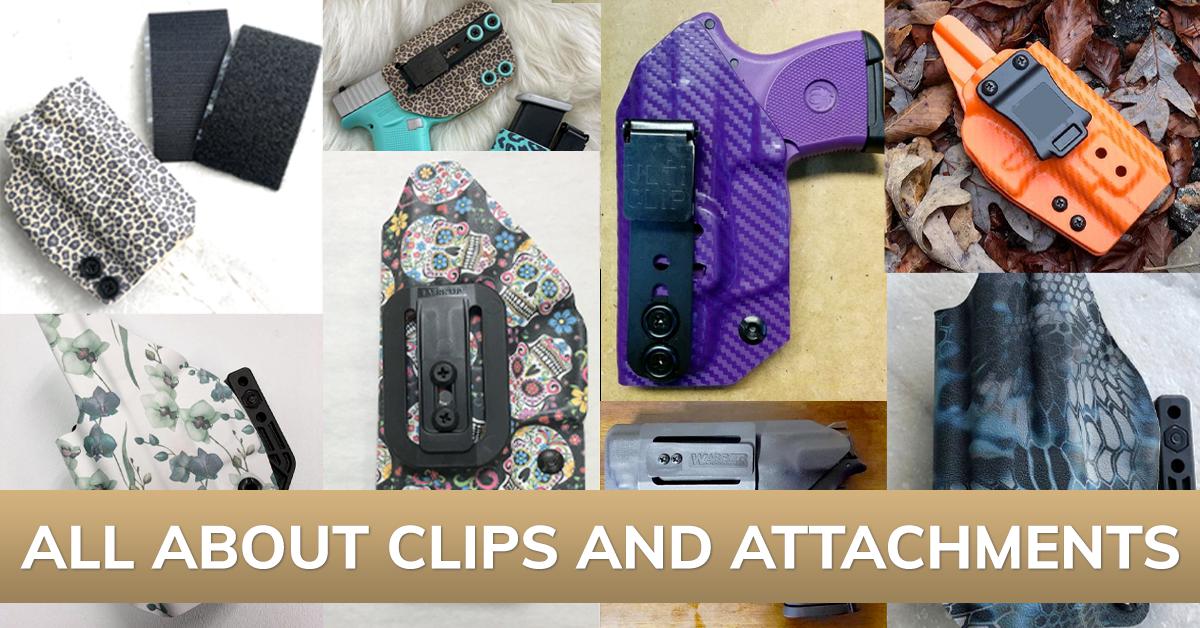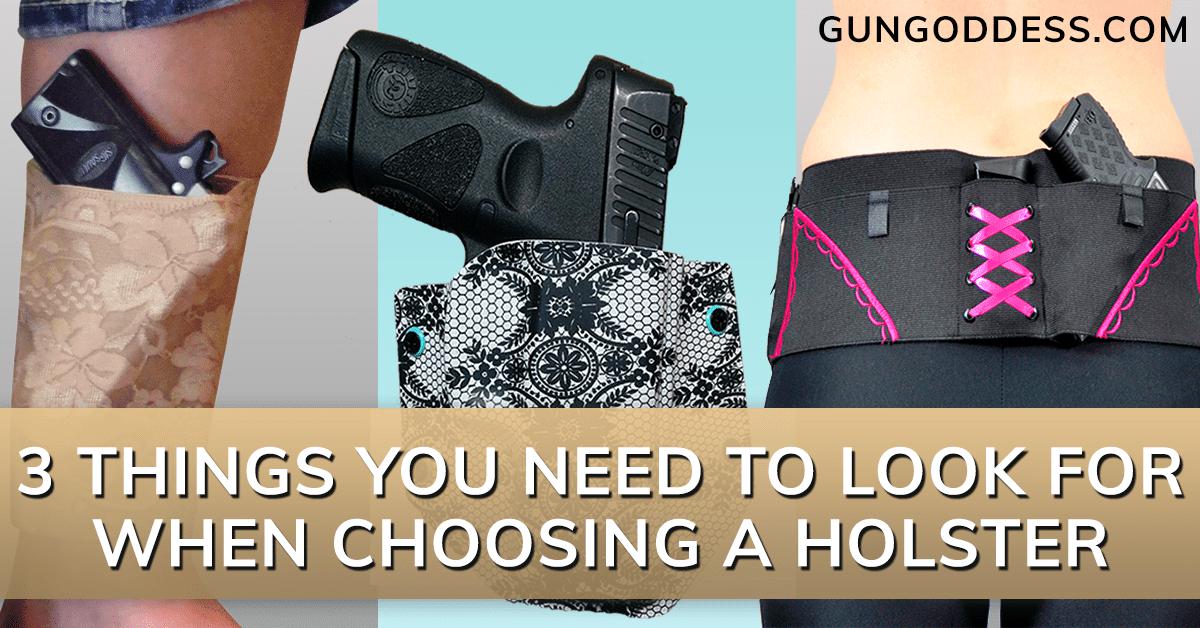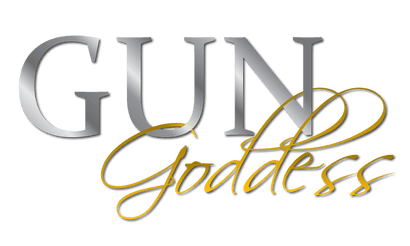Your Cart is Empty
Orders Over $100 Ship FREE (USA)!
Orders Over $100 Ship FREE (USA)!
CONCEALED CARRY
(Apparel with holster pockets or concealed-carry features)
(Apparel with holster pockets or concealed-carry features)
PARTS & GEAR
RANGE STYLE
Gift shopping & not sure about size or style? Give a gift card instead!
Gift shopping & not sure about size or style? Give a gift card instead!
GIFT IDEAS
The entire site is full of products that make great gifts, so browse all of our collections! Still not sure? Give a gift card!
The entire site is full of products that make great gifts, so browse all of our collections! Still not sure? Give a gift card!
EXPLORE
Concealed Carry Around the Clock: Understanding Waistband Positions
3 min read
If you're carrying a gun inside or outside your waistband, you have a lot of options when it comes to positions on your body.
Which positions are the best for carrying a gun? Well, that depends. To help you decide where you'd like to carry your gun, Here's a break down of the most popular positions by location to help you understand your options better.
Carry Positions Around the Clock
When talking about waistband carry, it’s common to refer to the different locations around your waist as if they were the hours on a clock. The main difference from a standard clock is that 12 o'clock is at the bottom because it aligns with the front and centermost position of your waist.
Here's what the "around the clock" positions look like in relation to your body:

The 12 o'clock position, at your navel, works great for longer guns.This position allows you to have your gun safely at the front of your body, allows an easy draw, and is comfortable when sitting without anything digging into your thigh. Holsters in this position would generally have a zero cant (draw straight up).
The 1 - 2 o'clock position (10 to 11 o’clock for lefties) is commonly known as appendix carry, and when carried inside-the-waistband, it's often shortened to AIWB. This position allows you to have your gun safely at the front of your body, while still allowing a comfortable and natural draw. Holsters in this position would generally have a zero cant (draw straight up).
The 3 o'clock position (9 o'clock for lefties) is dominant-side hip carry. You may need to shift your holster around in this area to minimize printing, depending on the size of your firearm. A holster in this position would generally have a zero cant (draw straight up).
The 4-5 o'clock position (7-8 o'clock for lefties)is also known as kidney. In this position, your holster is placed behind your hip. To allow for an easier draw using this holster position, a forward (positive) holster cant is recommended, which would tilt the grip forward, towards your hip.
The 5-6 o'clock position (6-7 o'clock for leftiesis also known as small-of-back carry. This position needs an opposite side draw in order to have a comfortable, palm-out draw. That means you need to make sure the grip of your gun is facing the proper direction so when you reach for it, the grip is positioned for you to grasp it properly. It's is also the hardest position to draw from safely, so make sure you are able to draw your gun without muzzling yourself or anyone else when your gun and holster are in this position.
The 10-11 o'clock position (1-3 o'clock for lefties) is the area between your weak side hip and navel. This is the "cross-draw" position and can minimize printing because you have more real estate to work with in that area. Cross-draw can be tricky - your holster would need a reverse (negative) cant, tilting the grip towards your navel, and you'd need to be confident with your ability to draw without muzzling yourself or other people.
Regardless of what position you are going to carry in, the cant angle of your holster is very important for comfort and concealment. You'll need to make sure you have zero cant for appendix/front of hip positions, forward cant for hip/behind the hip positions, and reverse cant for cross draw.
Remember - there's no single best way to carry your gun on your body and all carry positions have advantages and disadvantages. Where you carry depends on your body type, the gun model and type of holster you're carrying, if you're high or low-waisted, your daily activities and movement and many other individual factors. Someone else's favorite carry position may not work for you at all - the best carry position is the one that works for YOU!
If you need help finding the right holster or carry position, get in touch with us so we can help!
Also in All About Holsters: Holster Basics

How to Choose an On-Body Holster for Concealed Carry
4 min read
Choosing a carry holster can be complicated. Here’s the right way to select an on-body holster for concealed carry.
Read More
All About Clips and Attachments
0 min read
An intro to popular holster clips and attachments, plus installation instructions and tips for use.
Read More
3 Things you Need to Look for When Choosing a Holster
2 min read
Choosing the right gear is just as important as choosing the right gun and if you're going to carry, you need to make sure you're using a safe holster that will function correctly at all times.
Read More